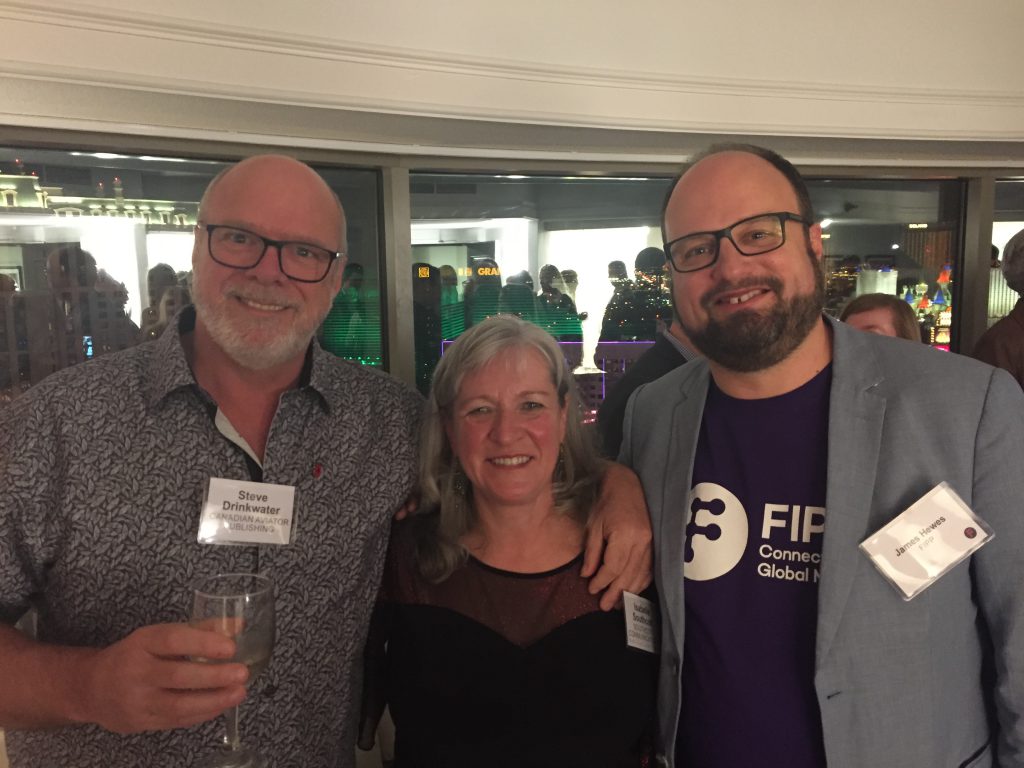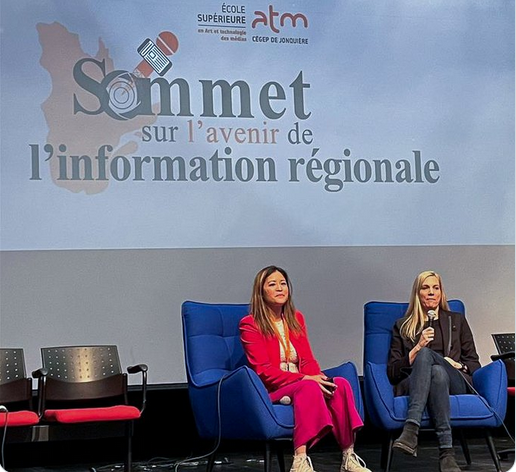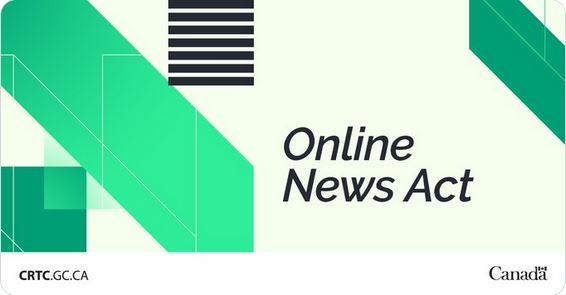Main Insights

By BC magazine delegates Jessica Johns, Room magazine, Steve Drinkwater, Canadian Aviator, Isabelle Southcott, Powell River Living, Carmen Broder, formerly with NUVO/ MONTECRISTO, and Leanne Johnson, Pacific Rim Magazine.
Revenues and Sustainability
“When people love something, they will pay for it”
– Eric Gillin, Chief Business Officer, Condé Nast Lifestyle Division USA.
- FIPP and its partners report a shift from advertising to reader-supported magazine media, with companies reporting earning 60% of their revenues from readers. The rise of the paywall is adding to this upsurge, with companies converting from free to paid content.
- For a magazine to remain sustainable and be able to scale in size and circulation, it needs to have at least 3-4 different revenue streams.
- In deciding on fees, “do not undervalue yourself, your content and your magazine.”
- If your brand and your content allow, consider publishing commemorative or special issues, “bookazines”.
- Part of Monocle’s business model focuses on helping its partners in publishing by having a better retail experience with stores.
- Podcasts are the engines for Monocle’s growth, after 8 years of producing them, although advertising still brings in the most revenue.
- Emotional advertising/appeal is now a thing: ad sales have gone from selling demographics to selling psychographics. Consumers will buy experiences. It’s also about competition for targeted eyeballs. Matching the reader’s emotions to the advertisers who want to be associated with that emotion can generate up to 80% more impressions.
Workflow
The main principles of workflow management are to:
- Distill and maintain brand identity
- Focus on quality
- Prioritize reader experience
It is recommended that magazines regularly review workflow and communication both within the organization and with others, ideally annually, in order to eliminate labour redundancies and increase efficiency by reorganizing and restructuring what’s not working properly.
Digital Content and Presence

— Robert Thomson, CEO, News Corp
The Arkansas Democrat-Gazette turned their reader base from print to digital by supplying tablets and teaching them how to use them in exchange for a contract-based subscription.
- Culturally and globally, readerships are engaging with digital content almost exclusively, 80% from mobile devices, so mobile-first systems are mandatory.
- If your magazine’s online presence is minimal, you need to consider creating a plan to build your digital presence to something more robust and engaging.
- Consider time spent reading magazines by format when increasing online presence:
- Digital: 6.1-8.2 minutes
- Print: 43-51 minutes
- The Gen2 attention span has been measured at 8 seconds
- There is some push to gamify content. (I predict it’s just the new shiny thing to waste money and time on and won’t last – Sylvia.)
Engagement
“Getting your story out in audio form is critical,” said Chantal Rickarts of BAFTA. “The world is changing and so should you.”
— at FIPP 2019
- Find more ways to connect with your readership.
- Video outperforms every other type of social media content in terms of engagement.
- Social media content posted on Saturday, Sunday and Monday, as well as during holidays, has the highest engagement.
- “Scrollytelling” is also a thing. If you’re publishing a story online, optimize its impact to scrollers with the appropriate structure and visuals.
- Random scheduling works best (e.g. 9:23 a.m. rather than on a quarter-hour or hourly schedule) when publishing newsletters and social media posts and doing promotions.
- Newsletters are perennially popular; click rates are especially high when they contain job postings.
- Magazine media need to regularly harvest emails (with permission, of course) to increase newsletter numbers, build audience, see consistent growth.
- For your website, place an emphasis on curation: strong visuals and identity, smart formats that are accessible and easy to navigate. Treat your site as a destination, especially for paying customers.
- Focus on time spent on website over the number of people on it.
- Practice small fails: take calculated risks, experiment, test ideas, in order to innovate.
- Compelling (and well-curated) content brings people together, whether in print or online. Hyperlocal content is still important.
Podcasting best practices include:
- A consistent and unique voice
- Content that aligns closely with your magazine brand
- One show, to start and experiment with
- A focus on what your magazine does better than anyone else
- Aggressive and ongoing show and episode promotion
- Short episodes, at least to start with
- Understanding that it will take years to build up an audience, even with great content and production values, and a commitment and capacity to keep at it.
The Roles of the Publisher
The publisher can play many roles:
- Festival organizer
- Non-profit manager
- Educator (consider creating packages for sale to schools)
- Librarian
- Influencer
These can be used for additional touchpoints for potential readers, viewers, and consumers.
Branding
- Talk to people who are engaged with your magazine about what they want to see and what they feel are the strengths of your publications, listen actively, and home in on specifics.
- Design for each social media platform specifically, keeping in mind each platform’s strengths, even if they look slightly different, as well as your magazine’s overall branding look, voice and feel.
Self-Care
- There will always be more work to do and never enough hours in a day; don’t allow your commitment to exceed your capabilities.
- Mental health concerns are extremely important to people in the magazine industry, both in terms of productivity and longevity in this sector.
- There are also special challenges and opportunities faced by aging publishers.
- Recommended: Your Oxygen Mask First, a workbook by Kevin N. Lawrence to practice self-care.










